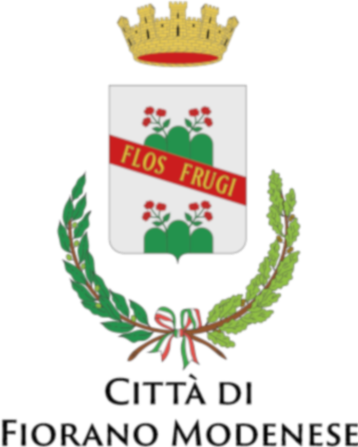History
The villa was built by Pietro Cuoghi in Fiorano along the ancient Via Valle in the second half of the eighteenth century, then improved and extended by Giuseppe Cuoghi, councillor at the Ministry of Foreign Affairs. It was the seat of the first provincial council elections in 1860 and temporarily used as Fiorano local school in 1866.
Pier Elia Cuoghi had building work done in the courtyard area.
It was purchased in 1973 by the town council of Fiorano and initially used as a kindergarten.
It is now the headquarters of various associations.
The entrance hall, called the "Hall of Cities", is also used for civil marriage ceremonies.
Description
The architectural styles of the eighteenth century are visible in the ovoid-shaped windows in the ceilings and the shelves on the cornice, the arches and the extremely low vaulted arches, particularly in the so-called Death Room.
The pictures in the entrance hall, called the Hall of Cities, are views of the major Italian cities; the cycle of paintings, done after 1861, shows the Italian flag in the city of Turin, so it is presumably the work of the students of Adeodato Malatesta, who was working on restoration of the paintings of the dome of the Sanctuary of Fiorano during that period.
One of the most historical representations of the coat of arms of Fiorano is painted on the wall on the first floor.
The Oratory of the Holy Crucifix, under the jus patronatus of the Cuoghi family, is located at the end of the ancient Via Valle (now Via Gramsci), where the villa is situated; the family tombstones are still present inside.
Address
Via Antonio Gramsci, 32
41042 Fiorano Modenese (Mo)
